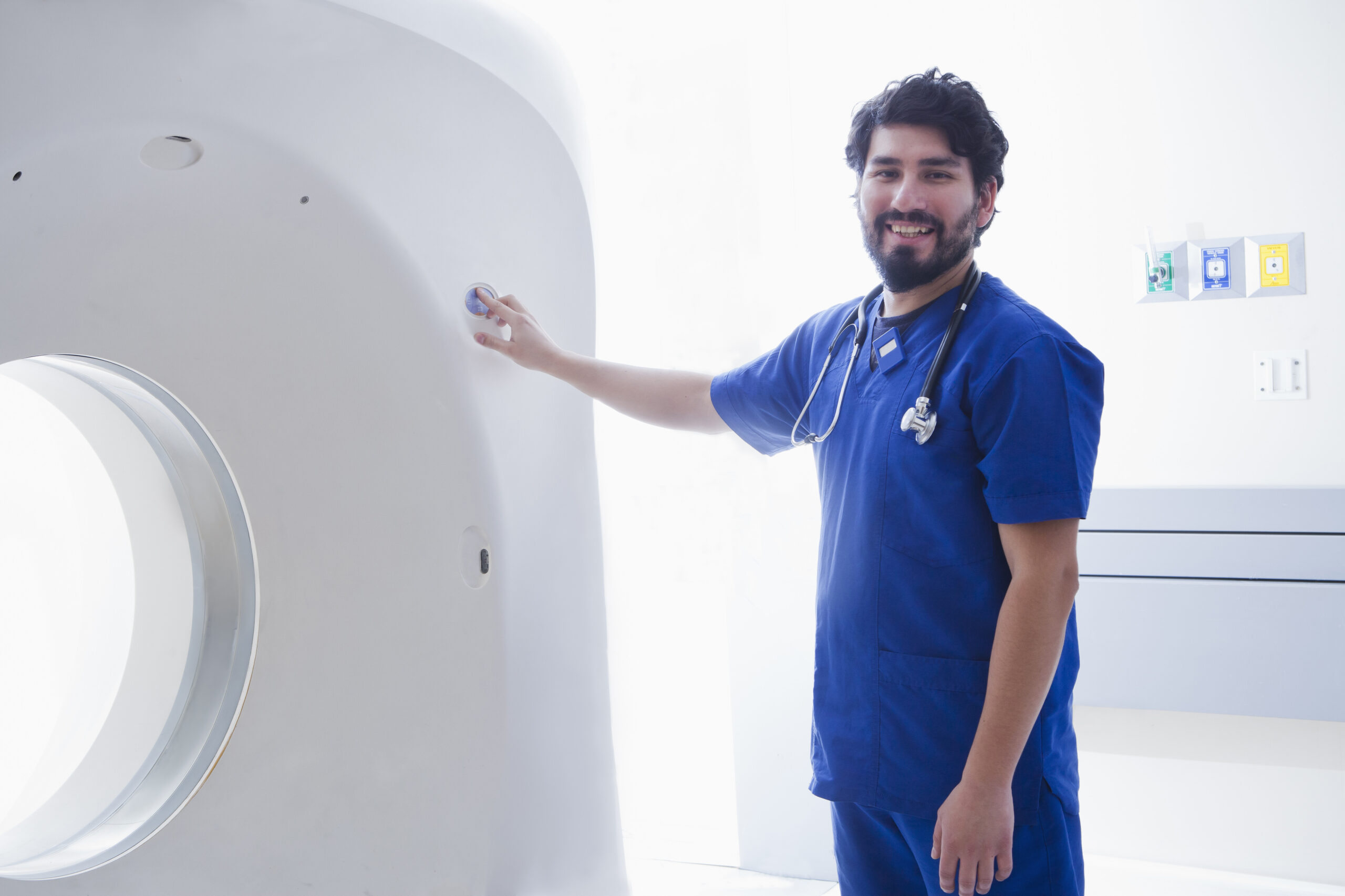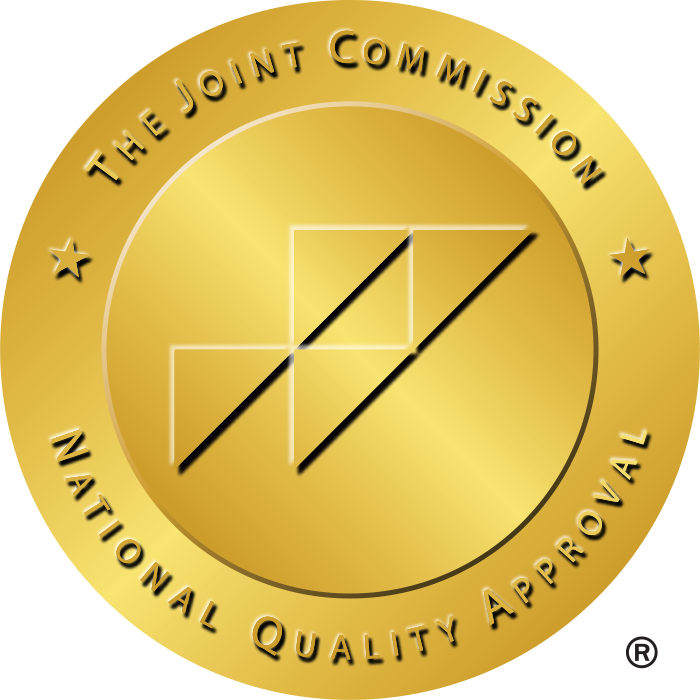Temporary workers have been an important part of the health care industry’s strategy for filling gaps in staffing, whether in the face of seasonal demands or unexpected crises. It’s a trend that has been accelerating in recent years: The Temporary Healthcare Staffing Market Size is valued at USD 61.4 Bn in 2023 and is predicted to reach USD 85.3 Bn by the year 2031 at a 4.35% CAGR.
However, temp roles are flexible and offer many professionals the chance to try different experiences. But what do you do when you’re ready to give up that flexibility for stability? Transitioning from temp to perm isn’t only possible — it’s an intentional process that requires strategy, experience, and persistence.
This article outlines several steps you can take to leverage your temporary health care position into a permanent care position. You will have built a reputation as an irreplaceable asset in a field that rewards people who take responsibility and have more than book knowledge. From delivering in your current role, to building quality business relationships, you will have the foundation to hone in on what you want to do next.
1. Excel in Your Current Role
For you, the stopgap job isn’t just a paycheck — it’s a marathon interview. Many healthcare employers use temp-to-perm arrangements to vet candidates before offering them permanent contracts.
According to a 2023 survey from American Nurse Today, 72% of hiring managers in hospitals prefer to fill permanent positions with internal candidates (temps included) because they “already understand the organization’s workflows and culture.”
You can stand out by using these three ideas: dependability, flexibility, and proactivity. Be early, stay late if you need to, and sign up for the hard projects. If you are a traveling nurse, for instance, volunteer to train the new hires or lead a patient education lecture. Those are the types of actions that demonstrate commitment beyond the confines of your job description.
On top of that, embrace criticism. Regularly check in with supervisors to say, “How can I improve? A proactive solution shows you are committed to growth. When the permanent role opens up, managers will remember the temp who was always willing to go the extra mile.
2. Build Strategic Relationships
In health care, relationships are the currency of a career. According to a LinkedIn Workforce Report, 85% of professionals find jobs through networking, and this statistic holds true in healthcare settings.
Start connecting with colleagues, supervisors, and even patients. For example, a temporary medical assistant can bond with a clinic’s lead physician over mutual interests related to preventive care, creating an opportunity for mentorship.
Expand beyond your direct team. Attend hospital-wide trainings, participate in committees (like safety initiatives or diversity initiatives), or be part of hospital-sponsored outreach programs within the community. These activities increase your exposure and market you as a team player.
Stay involved with relevant professional groups like the American Nurses Association (ANA) or the American Association of Medical Assistants (AAMA) outside of work. Go to conferences or webinars, and help out on virtual forums. These connections can inform you about the person hiring and even tell you inside information about a role before it is advertised.
3. Communicate Your Career Goals
Oftentimes, temporary employees expect their company to know they are interested in permanent employment, but this is not always the case. A study revealed that only 35% of temporary staff openly communicate their intention to become permanent employees to their supervisors. Seizing opportunities can cost silence.
At the start of your assignment, request a meeting with your manager to say, “I’m passionate about this organization and would love the chance to explore permanent opportunities here.
Shape the discussion in a way that centers on your interest in working together for the long haul. Clarify whether any roles might be available shortly; if not, ask for a timeline or volunteer to transition into related departments instead.
A temporary radiologic technologist might say, for example:
“I’ve enjoyed supporting the imaging team. “I would be grateful to be considered when a permanent position is available in cardiology or oncology.”
This assures you stay on the leadership’s radar and play the role of flexibility.
4. Treat Your Temp Role as a Trial Period for Cultural Fit
Healthcare organizations value cultural fit as highly as clinical skills. According to a study published by Harvard Business Review, 89% of failed hiring decisions are the result of poor cultural alignment. Use your temporary job to learn about the workplace culture. Watch how teams communicate, deal with stressful situations, and celebrate successes.
Act as the organization’s values dictate. If the hospital is focused on patient-centered care, you might bring an idea to improve patient satisfaction scores. If innovation comes first, suggest a more streamlined method of charting. Showing that you “fit” can push you over the line when permanent positions open up.
5. Upskill Strategically: Certifications and Specializations
Certifications are an additional investment that strengthens your candidacy. For instance, temporary RNs might get Advanced Cardiac Life Support (ACLS) or Pediatric Advanced Life Support (PALS), certifications needed in critical care positions.
According to a 2024 report by the American Hospital Association, 64% of HR directors prioritize candidates with specialized certifications when making hiring decisions for permanent jobs.
Investigate your employers’ requirements. If you’re temporary at a facility that’s growing its telemedicine services, take a course in a digital health platform. Take Advantage of Free Resume Resources Online — staffing agencies like StaffDNA will often have free or reduced training resources available to you — use them to bridge skills gaps.
7. Navigate Challenges with Resilience
The path to permanency is not always linear. You could be up against competition or budget freezes or raised hopes that don’t match reality.
If you do not get the applications you have made, seek comments and use those to work on the applications for other jobs. Seek temporary roles in other functions to expand your experience.
Mentorship can also help. Network with permanent employees who have already gone through the temp-to-perm transition successfully. Their insights can help you avoid pitfalls and stay motivated.
Your Path to Permanency Starts Now
To turn a temporary role into a permanent healthcare role requires patience, strategy, and self-advocacy. If you focus on performing well in your current role, on networking, and on learning more skills, then you will make yourself an asset to the long-term problems of your employer.
Please know that what works in the healthcare industry are individuals, like yourself, who can show up with compassion, expertise, and a will to improve. Whether you are a nurse, technician, or administrative specialist, your goal of stability is attainable.
Ready to take the next step? Our team at StaffDNA can connect you with permanent opportunities matching your unique skill set and desires. With the highest level of support and access to the leading healthcare employers, StaffDNA is your partner in building the career you deserve.







